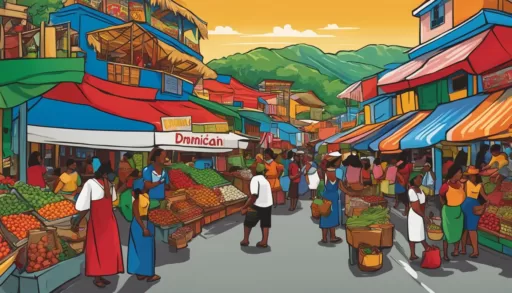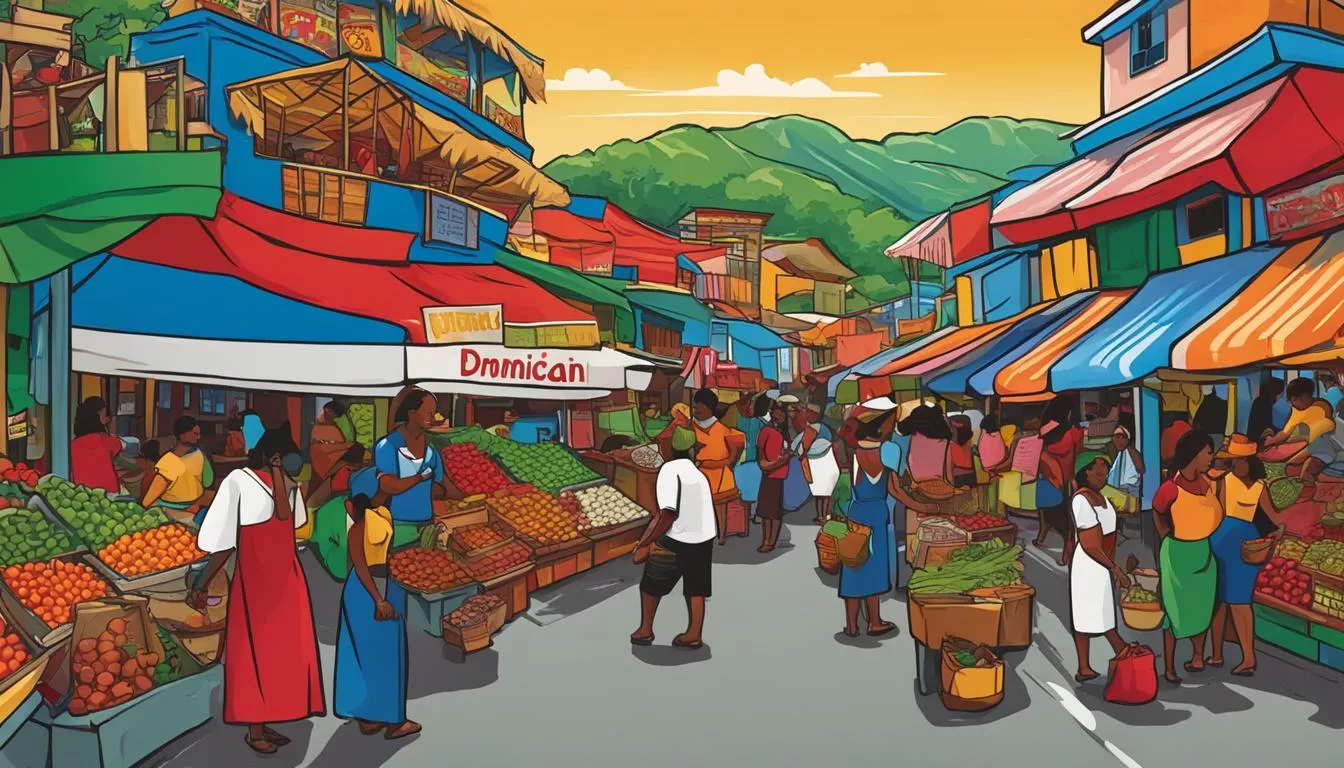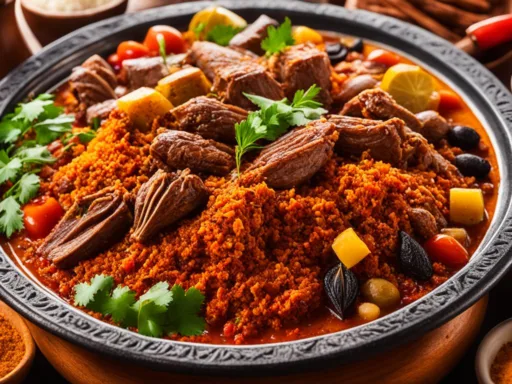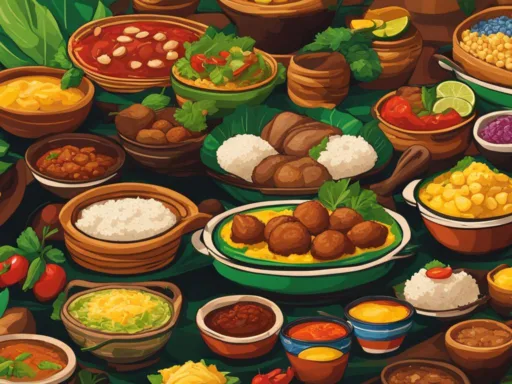The radiant isle of the Dominican Republic is not only revered for its pristine beaches and cascading waterfalls but also for its rich linguistic landscape. Nestled within the heart of the Caribbean, this nation prides itself on a tapestry of cultural expressions, significantly shaped by the languages spoken throughout the Dominican Republic. With a burgeoning population of close to 10 million — most of whom are concentrated in the bustling capital of Santo Domingo — the country boasts of a diverse linguistic heritage that weaves together the threads of history, culture, and daily interaction.
As we delve into the linguistic folds of this vibrant country, it becomes evident that Spanish commands the realm as the official language, spoken by a commanding 85% of Dominicans. This Dominican Spanish, however, is not merely a linguistic echo of the past but a living, breathing dialect, pulsating with nuances from Taino and African antecedents. Beyond the shores of Spanish dominance lie other linguistic gems, such as Haitian Creole and Samana English, which, although lesser in numbers, contribute heavily to the multicultural dialogue that resonates across this Caribbean nation.
Key Takeaways
- The Dominican Republic’s linguistic landscape is predominantly characterized by Spanish, with a unique Dominican twist.
- Santo Domingo, the capital, is a cultural and linguistic melting pot housing the majority of the nation’s population.
- Languages spoken in the Dominican Republic reflect its rich historical encounters and migrations.
- Dominican Spanish, with its roots in Taino and African languages, offers a distinctive dialect in the Caribbean region.
- The presence of Haitian Creole and Samana English highlights the language diversity and the nation’s multilingual identity.
- Despite Spanish being the lingua franca, there is a tapestry of other languages enriching the nation’s cultural fabric.
Unraveling the Official Language of Dominican Republic
At the heart of the Dominican Republic’s vibrant culture is the Spanish language, a profound testament to the country’s rich history and the cornerstone of its identity. The official language of Dominican Republic, it is a lingua franca understood by the nation’s diverse demographics, fulfilling critical roles in societal cohesion and day-to-day communication. To truly appreciate the depth and nuances of this facet of Dominican life, one must explore both the origins and the impact of Spanish within this Caribbean gem.
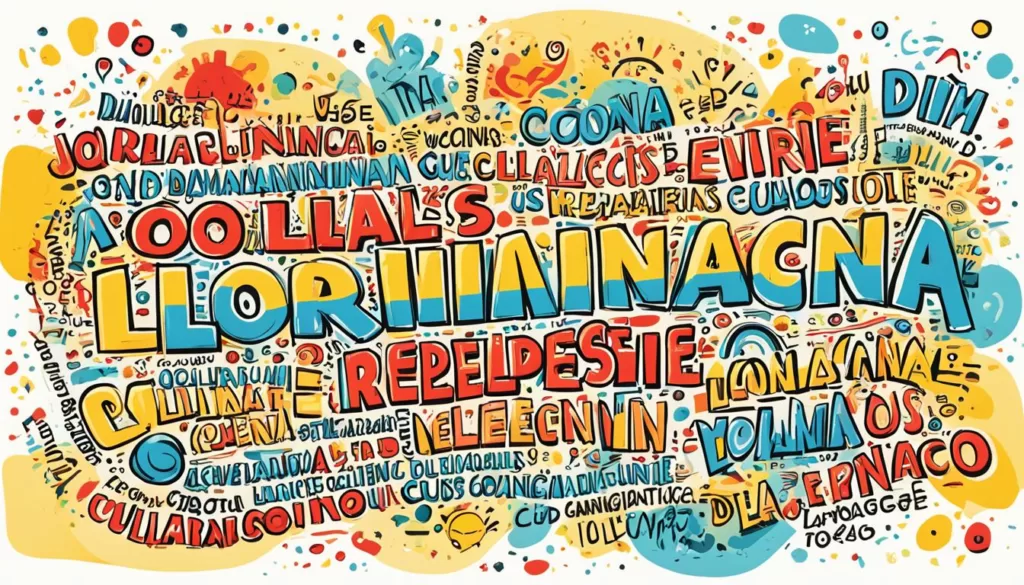
The Roots of Dominican Spanish
Spanish in Dominican Republic is not a monolithic entity but a dynamic pastiche influenced by historical currents. Adopted from the melding tones of Andalusian and Canarian Spanish, the language harbors a lexicon that resonates with the echoes of the extinct Taino people and the linguistic imprints of African roots. This rich mosaic affords Dominican Spanish a distinct identity within the tapestry of global Spanish dialects. In examining language demographics Dominican Republic, one finds a populace where approximately 90% are Spanish speakers, suggesting a pervasive reach within the culture.
Cultural Impact of the Spanish Language in Dominican Society
The Spanish language, much like the merengue that fills the air in local celebrations, influences all areas of Dominican life. It dictates the cadence of commerce, the solemnity of governance, and the ambiance of academic pursuit. Beyond functional usage, Spanish frames the way Dominicans interact, how they express emotions, and the manner in which they share their stories. The following table showcases the integrality of Spanish across various societal sectors.
| Sector | Influence of Spanish | Percentage of Engagement |
|---|---|---|
| Governance | Official governmental proceedings and legislation conducted in Spanish | 100% |
| Education | Primary medium of instruction in schools | Approx. 90% |
| Media | Main language for news broadcasting, print media, and entertainment | Approx. 90% |
| Commerce/Business | Lingua franca for domestic and international trade dealings | Varies, but predominant |
In essence, Spanish not only serves as a means of communication but also as a cultural vessel that carries the legacy of the past and the potential for future generations. It shapes dialogues, kindles the fires of literacy, and stands as an edifice of identity for the Dominican people.
Languages Spoken in Dominican Republic
The popular languages in Dominican Republic extend beyond the principal Spanish dialect deeply rooted in the socio-cultural fabric of the nation. The language diversity in Dominican Republic is a vibrant blend, showcasing the historical and contemporary facets of its society. Alongside the widespread use of Dominican Spanish, a range of other languages such as Haitian Creole and Samana English contribute to the rich linguistic mosaic of the country.
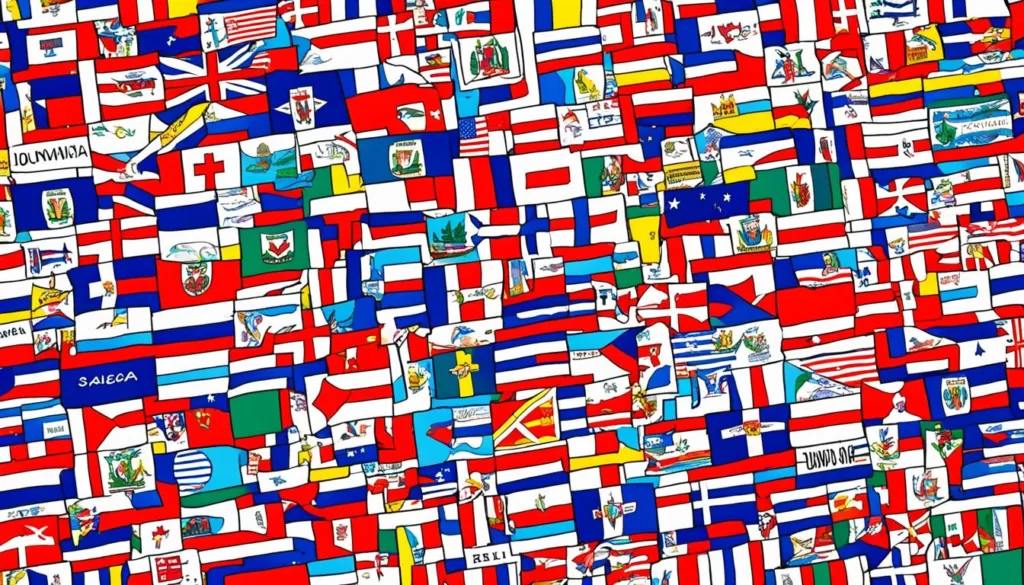
Haitian Creole, a language with French origins further shaped by Spanish and African influences, stands as a significant pillar in the multilingual community, with approximately 2% of Dominicans fluent in it. This language is primarily spoken by Haitian immigrants and their descendants, reflecting a unique cultural relationship between the neighboring countries. Samana English, encompassing traits of Caribbean Creole English, accounts for about 1% of the population and hails from a poignant historical narrative of Black immigrants from the United States.
The commitment to fostering a cosmopolitan streak in the Dominican Republic is further evident in the mandatory inclusion of English and French in school curricula. Though they represent a smaller fraction of languages spoken, the presence of Chinese, Japanese, and Italian speakers — totaling around 0.7% — underlines a wider spectrum of linguistic representation in the country. To capture the essence of language diversity in Dominican Republic, consider the following distribution of languages in this Caribbean enclave:
| Language | Percentage of Population | Notable Characteristics |
|---|---|---|
| Dominican Spanish | 85% | Dominant, official language with indigenous Taino and African influences |
| Haitian Creole | 2% | Reflected in the Haitian immigrant community, with French and African roots |
| Samana English | 1% | Derived from African American immigrants, shares features with Caribbean English Creole |
| Chinese, Japanese, Italian | 0.7% | Reflective of the broader multicultural and multilingual fabric of the nation |
The witness to an intricate interplay of histories, migrations, and global influences, the popular languages in Dominican Republic encapsulate much more than just means of communication; they are the embodiment of a nation’s narrative and mirror its people’s ability to transcend geographical boundaries through shared human expression.
The Historical Tapestry of Dominican Spanish
The intricate tapestry that makes up the linguistic landscape of the Dominican Republic is rich with history and cultural influence. At the core of this tapestry lies Dominican Spanish, a language that has been shaped and molded over time by the interweaving threads of indigenous and African languages. This historical blend has created a linguistic fabric unique to the Caribbean nation, adding depth and color to the everyday speech of its citizens.
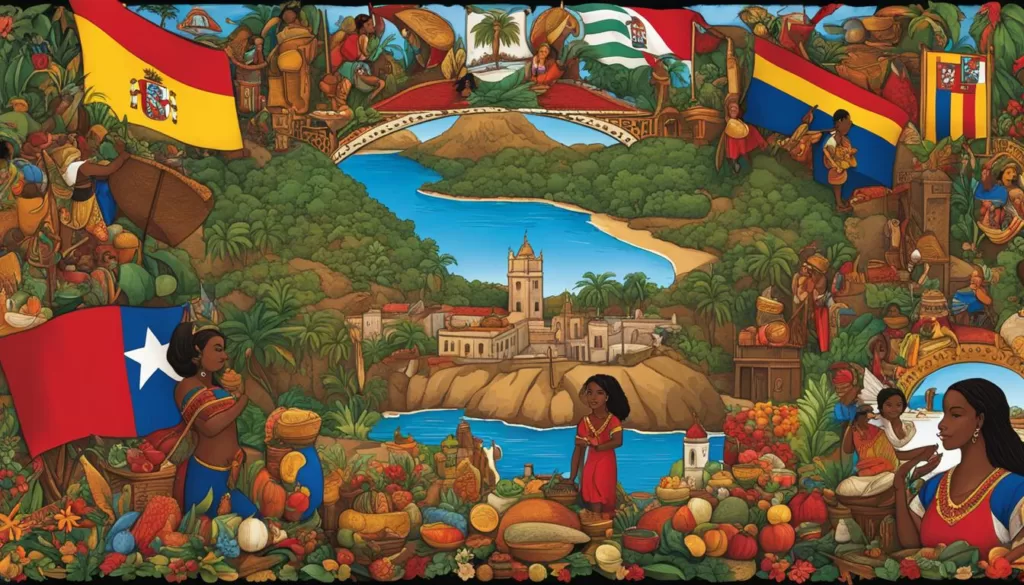
Influence of the Taino Language
The Taino language, once spoken by the indigenous inhabitants of Hispaniola, has undoubtedly left its mark on Spanish in the Dominican Republic. Despite the Tainos’ eventual fate after European contact, their language surreptitiously survived, bequeathing numerous words to modern Spanish and, by extension, to English. The Taino word for storm, “huracán” (hurricane in English), and their word for cooking over a pit, “barbacoa” (barbecue in English), provide fascinating insights into the resilient nature of language and culture.
Contributions from African Languages to Dominican Lexicon
Following the Taino, the influence of African languages began to shape the Dominican lexicon, a profound testament to the Africans who arrived on the island after the Taino period. These vibrant languages fragmented and fused with Spanish to create new terms and usage unique to Dominican Spanish. The infusion of African linguistic elements is not only an essential aspect of the nation’s speech but also a poignant reminder of the Dominican Republic’s diverse heritage. This cultural synthesis is exemplified in a variety of everyday words that bear the imprint of this rich linguistic legacy.
Language Diversity in Dominican Republic
When examining the language demographics Dominican Republic boasts, one can’t help but be captivated by the rich language diversity in Dominican Republic. With 89% of the population speaking the vibrant, idiomatic Dominican Spanish, it’s a language that dances to the rhythm of its people’s heartbeat. Yet it’s the remaining 11% that illustrates a veritable rainbow of linguistic variety, contributing to the island’s status as a fascinating multilingual nation.
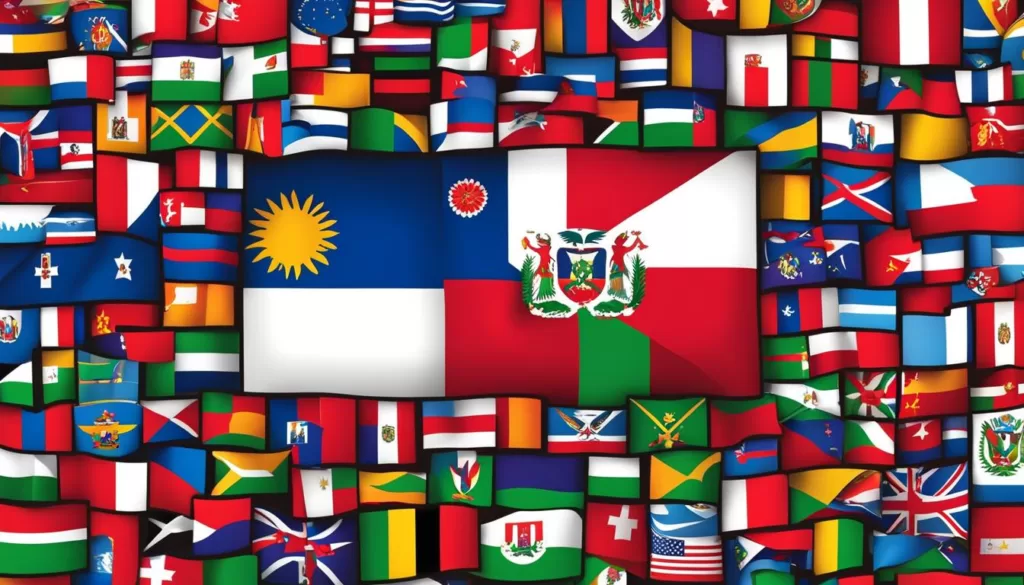
Haitian Creole, spoken by approximately 2% of the population, is the voice of Haitian descendants in the Dominican Republic. Its melodic flows mirror the shared history of Hispaniola’s two nations. In the same breadth, other languages peek through the dominantly Spanish-speaking crowds. A mosaic of Chinese, Japanese, and Italian speakers make up roughly 0.7% of the population, each adding a unique hue to the Dominican linguistic canvas.
The tale of the Dominican Republic’s demographics is one of convergence and confluence. Here, languages are more than mere tools for communication; they are vibrant expressions of the island’s cultural tapestry and ethnic composition. Below is a detailed representation of the languages that adorn the Dominican linguistic scene:
| Language | Population Percentage | Cultural Significance |
|---|---|---|
| Dominican Spanish | 85% | The official language, steeped in indigenous and African heritage |
| Haitian Creole | 2% | Spoken by Haitian immigrants and their descendants, a testament to shared histories |
| Other (Chinese, Japanese, Italian) | 0.7% | Symbols of the country’s diverse ethnic heritage and global connections |
| Various | 11% | Reflects the rich tapestry of linguistic diversity present within the Dominican community |
In acknowledging this language diversity in Dominican Republic, one witnesses a nation where conversation threads are as diverse as the population itself. It is a place where words flow from a spring of multiculturalism, proving that the Dominican Republic truly celebrates a distinctive linguistic identity.
Endangered Languages within the Dominican Landscape
In the diverse linguistic panorama of the Dominican Republic, a striking feature is the imminent threat to some of its linguistic components. A prime example is Samana English, an endangered vernacular that paints a portrait of the historical depth and multicultural influences in this multilingual country. As part of the rich cultural tapestry of the Dominican Republic, preserving such languages is not only a matter of historical interest but a crucial aspect of maintaining the island nation’s identity as a multilingual society.
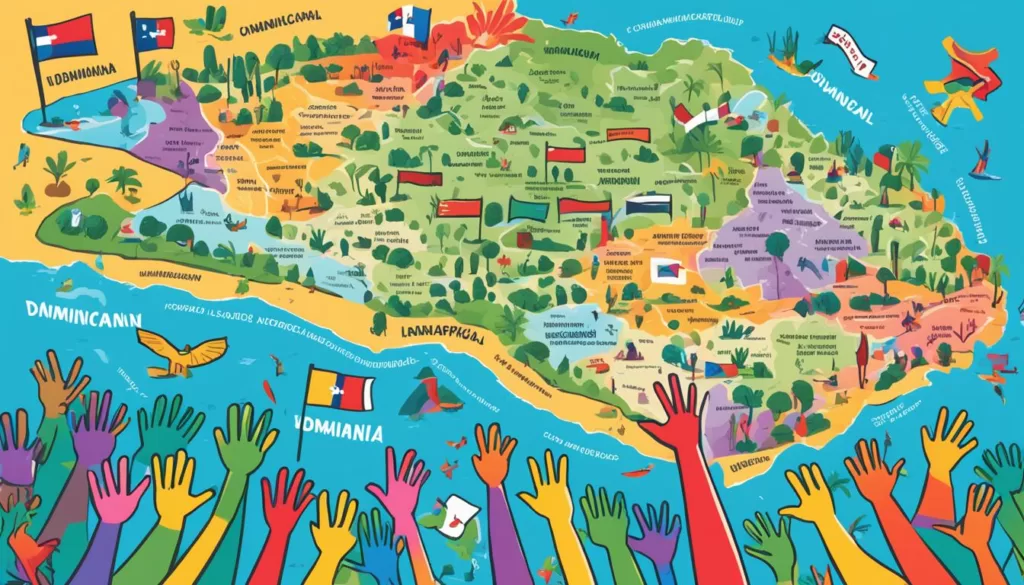
The Decline of Samana English
Samana English emerged as a distinct language among African American immigrants in the Samana Peninsula of the Dominican Republic. Over time, however, a fusion of assimilationist government policies and societal shifts led to a steady decline in its prevalence. Today, Samana English is considered an endangered language, with few speakers passing down this linguistic heritage to succeeding generations.
Efforts to Preserve Linguistic Heritage
In response to the diminishing linguistic diversity, steps are being taken to document and preserve endangered languages like Samana English. Realizing the importance of these languages in the Dominican Republic conveys respect not only for the history and cultural identity of the nation’s African American community but also for the importance of a multicultural and multilingual environment. Local scholars and linguists are now increasingly engaging communities and employing digital tools to catalog the unique features of these languages. Such efforts aim to prevent the complete erosion of an integral part of the nation’s linguistic DNA.
| Language | Community of Speakers | State of Preservation | Current Actions |
|---|---|---|---|
| Samana English | African American descendant community in Samana Peninsula | Endangered | Community engagement, digital documentation |
By highlighting the fragility of languages such as Samana English, there is hope to spark a broader conversation around endangered languages in Dominican Republic. This probing discourse prompts society to consider the essential nature of linguistic diversity in cementing a society’s uniqueness and ensuring the survival of all voices within the multilingual country of the Dominican Republic.
Multilingual Education and Foreign Languages in Dominican Schools
The push toward multilingual fluency in the educational landscape of the Dominican Republic is a striking reflection of the nation’s intrinsic values. In this multilingual country, students from a young age are immersed in a curriculum that promotes global communication competencies. A prime focus within language education in Dominican Republic has been the schooling system’s advocacy for bilingual, if not trilingual, proficiency, highlighting a pedagogical approach that prizes the learning of both English and French alongside the national Spanish.
This educational tenet underscores the nation’s progressive stance, acknowledging the power of language as a conduit for cultural diplomacy and international relations. Schools serve as incubators for future global citizens, where the Dominican youth are equipped with linguistic acumen befitting the demands of an increasingly globalized society. Engaging in language education in Dominican Republic is not merely an academic pursuit; it is a nation’s investment in its people – a testament to its ambition to foster cultural exchange and broaden perspectives.
The drive for multilingual education complements the reality that, despite English’s widespread use by the Republic’s visitors and foreign residents, a comprehensive skill set in foreign languages is beneficial for the nation’s internal growth and external connections. The country’s commitment to such a vision positions the Dominican Republic as an exemplary model for language education, emphasizing the significance of fostering multilingual capabilities from the foundational stages of learning. In this way, the Dominican Republic truly embraces its identity as a cross-cultural hub and a multilingual country.
FAQ
What is the official language of the Dominican Republic?
Spanish is the official language of the Dominican Republic, and is spoken by approximately 90% of the population.
Are there dialects or varieties of Spanish spoken in the Dominican Republic?
Yes, the country has a unique variety known as Dominican Spanish, which is a subset of Caribbean Spanish influenced by the Taino and African languages.
Besides Spanish, what other languages are popular in the Dominican Republic?
Other popular languages in the Dominican Republic include Haitian Creole, Samana English, and to a lesser extent, languages such as Chinese, Japanese, and Italian.
How has the Taino language influenced Dominican Spanish?
The Taino language has had a considerable influence on Dominican Spanish, contributing words that are still used today. This Native American language, although extinct, has left a lasting impact on the vocabulary.
What has been the impact of African languages on the Dominican lexicon?
African languages have significantly enriched the Dominican lexicon, especially with words and expressions that originated from the Africans during the post-Taino period.
Is English spoken in the Dominican Republic?
English is not an official language but is mandatory in schools and widely spoken by tourists and expatriates. There’s a distinct form of English known as Samana English, which is influenced by African American immigrants.
Are there any endangered languages in the Dominican Republic?
Samana English is considered an endangered language within the country, with few native speakers remaining, due to historical assimilation policies.
What efforts are being made to preserve linguistic heritage in the Dominican Republic?
Cultural and educational initiatives are underway to raise awareness and preserve the diverse linguistic heritage of the Dominican Republic, including efforts to safeguard languages like Samana English.
What role does multilingual education play in Dominican schools?
Multilingual education is important in Dominican schools, with English and French being mandatory foreign languages, reflecting the country’s commitment to global engagement and cultural exchange.
